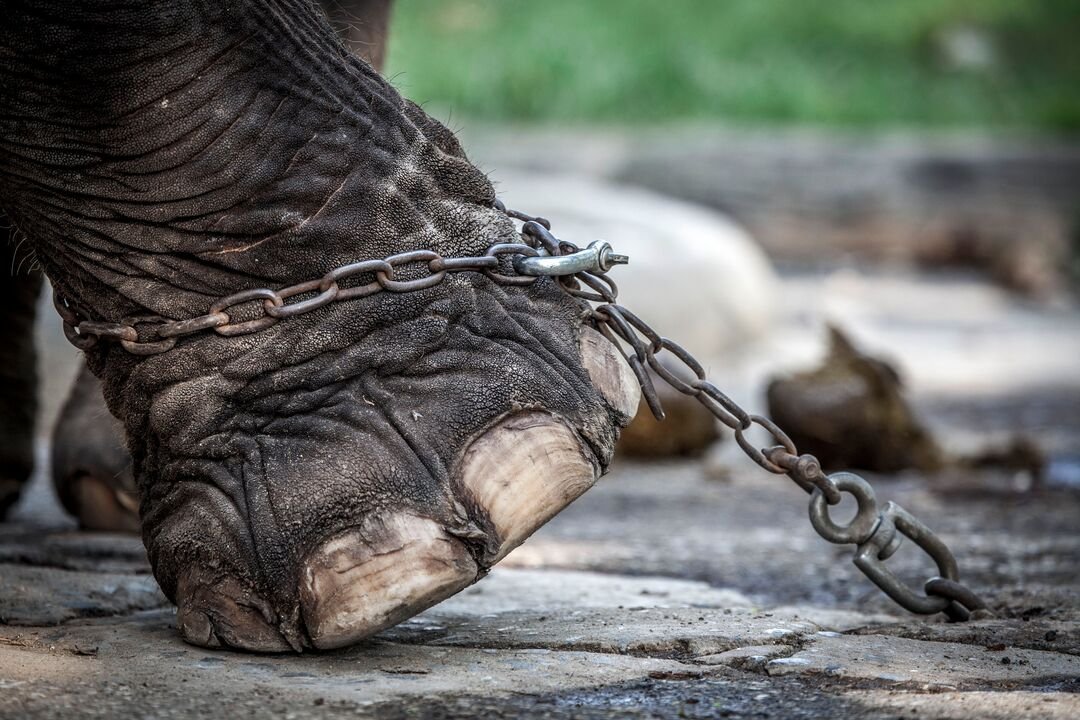Illegal trafficking of plant and animal wildlife continues to be a significant global issue, according to a recent United Nations report.
Illegal trafficking of plant and animal wildlife continues to be a significant global issue, according to a recent United Nations report. Released on Monday, the report underscores the need for governments to expand their focus beyond high-profile species such as elephants, where some progress has been made, to a broader array of endangered species that remain vulnerable.
The United Nations Office on Drugs and Crime (UNODC) World Wildlife Crime Report highlights that while reported seizures of trafficked wildlife in 2020 and 2021 were about half of those in previous years, this reduction is likely due to disruptions caused by the COVID-19 pandemic rather than an actual decrease in trafficking activities. This biennial report covers the most recent data available from 2020 to 2021.
“Despite some efforts, wildlife trafficking has not significantly diminished over the past two decades,” the UNODC stated, emphasizing the necessity for enhanced enforcement and the implementation of comprehensive legislation, including anti-corruption measures.
The report points out that thousands of threatened species suffer from wildlife trafficking, yet policy attention predominantly targets a few species like elephants, tigers, and rhinoceroses. These high-profile animals receive the bulk of conservation efforts and media coverage, overshadowing many other endangered species that face significant risks.
Wildlife crime, such as the illegal harvesting of succulent plants and rare orchids, along with the trafficking of various reptiles, fish, birds, and mammals, has contributed significantly to local and global extinctions, the report noted. Between 2015 and 2021, authorities seized approximately 13 million items linked to the illegal trade of around 4,000 plant and animal species across 162 countries and territories. Corals accounted for 16% of these seizures, followed by crocodilians at 9%, and elephants at 6%.
Despite the grim overall picture, the report did highlight a few areas of improvement. Notably, there have been successes in combating the trafficking of elephant ivory and rhinoceros horn. Over the past decade, there has been a marked decline in poaching incidents, seizure levels, and market prices for these commodities. This progress demonstrates that with concerted effort and international cooperation, it is possible to curb specific aspects of wildlife trafficking.
The UNODC report calls for a holistic approach to tackling wildlife crime, urging nations to strengthen law enforcement, improve international cooperation, and address the root causes of trafficking, such as corruption and insufficient legislative frameworks. By broadening the focus beyond iconic species, the international community can better protect the vast array of flora and fauna that remain under threat.
As the fight against wildlife trafficking continues, the report serves as a stark reminder of the ongoing challenges and the need for sustained and comprehensive action. Only through global commitment and coordinated efforts can the illegal trade in wildlife be effectively curtailed, ensuring the protection of the planet’s biodiversity for future generations.
